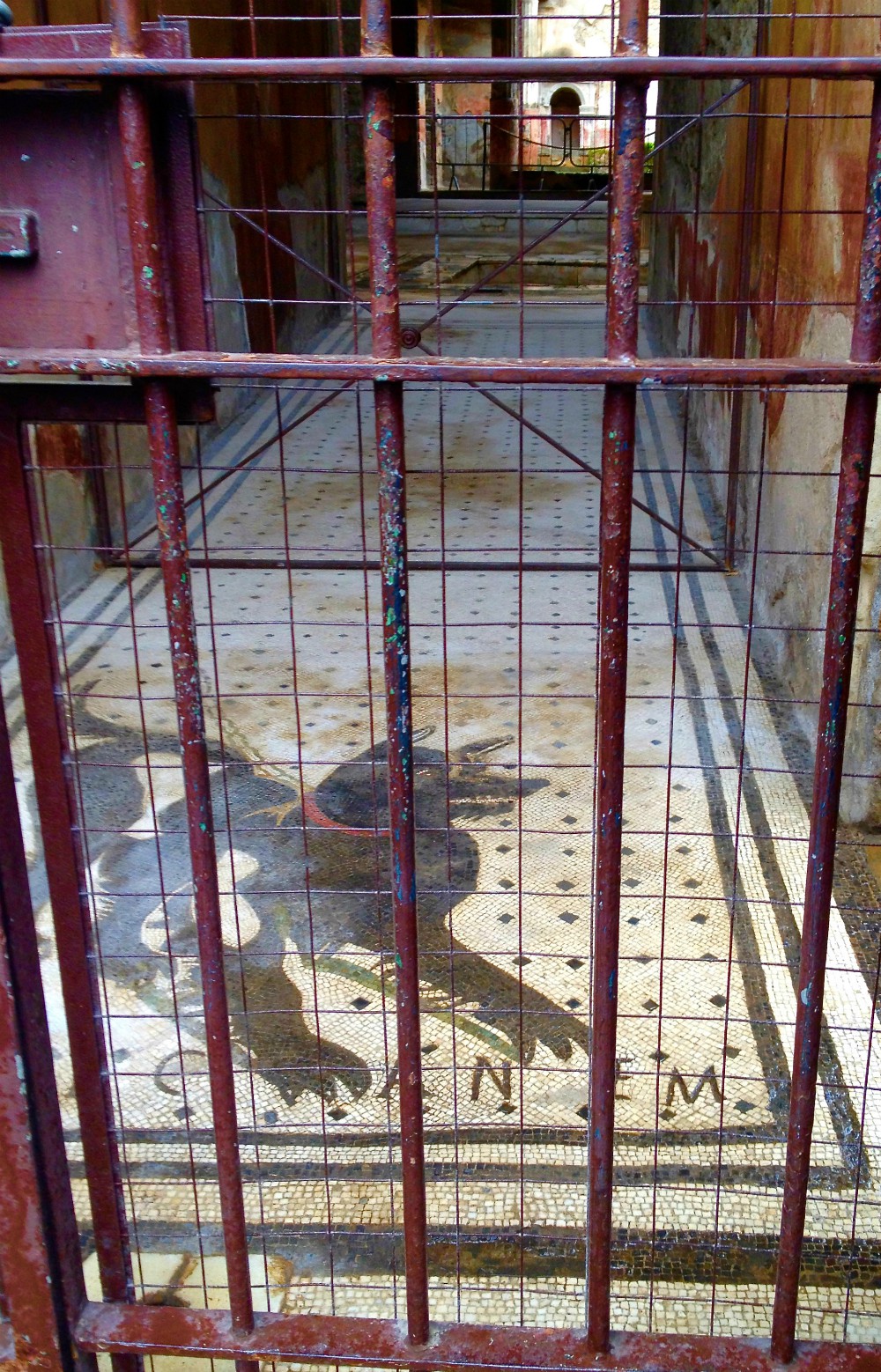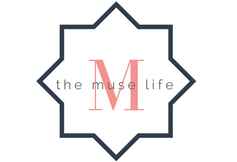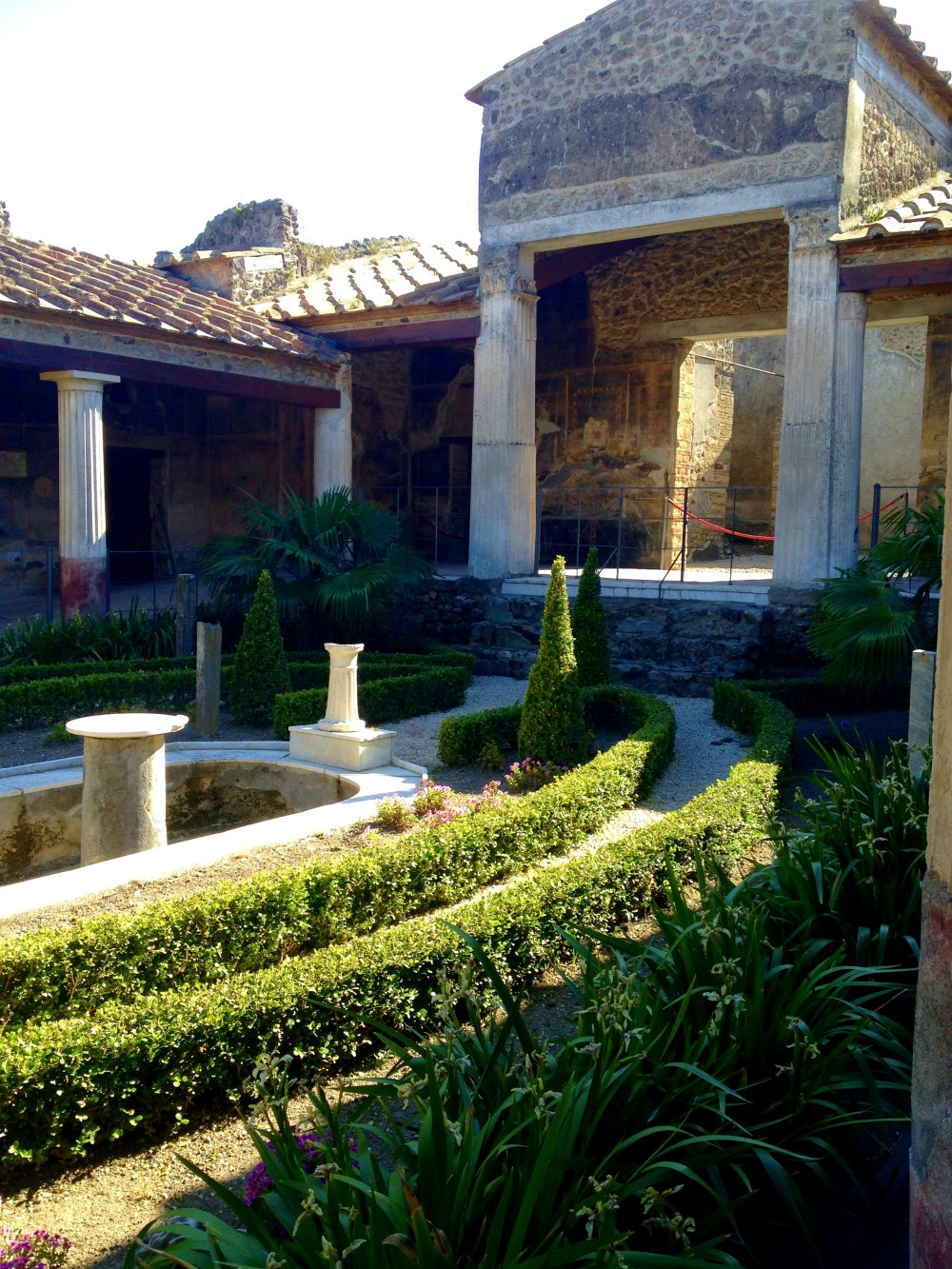Veni, vidi, vici — I came, I saw, I conquered — these infamous words spoken by Julius Caesar have long been parodied for their arrogance, but honestly, they are a well-deserved mic-drop of the Roman Empire.
Before I get too far into this post, I do want to note that I know a lot is already written about the Romans. While they are an incredible civilization to study and have given us much of our current political structure and infrastructure, I know that we have just as much to owe to ancient Eastern civilizations as well.
However, this week's post is inspired by a book I'm currently reading, SPQR: A History of Ancient Rome a tome on the Roman Empire by author Mary Beard, and each page takes me back to the buildings, artwork, politics, economics, and lifestyle that I learned about in Latin and Roman Civilization classes. (To my point above, I also just finished Sea People, by Christina Thompson, and I am equally impressed by the Polynesian peoples now!)
So, in this 'magnificence of the Romans' spirit, I started looking through the photos I've taken in my trips to Italy, and specifically of Pompeii, which absolutely dazzles — I also don't think I've written about it before, which makes this exciting!
One thing I continue to remember as I read this book is how alike our current society is to the Romans'. While some laws, punishments, and certainly treatment of women and the poor are far from what we would want today, so much of their way of life still makes perfect sense.
Streets needed to be paved, representatives from each province ensured all peoples were properly represented, politicians were made fun of and parodied, people were invited to birthday parties, and street vendors vied for the best spot to sell their hot lunch specials. A typical day in any city!
 A street vendor's hot bar, where different meal options would have been placed in each well, and heated from a fire built below each pot.
A street vendor's hot bar, where different meal options would have been placed in each well, and heated from a fire built below each pot.
 A 100% real entryway mosaic warning "Cave Canem," beware dog — something we still have today!
A 100% real entryway mosaic warning "Cave Canem," beware dog — something we still have today!
The majority of the 'Romans' were lower class citizens — a more extreme version of the 1% we have now.
For those who could afford it, life had many contemplative aspects (hence all the philosophers we have from the Greco-Roman periods). Central courtyards in homes had more meaning than just fresh water when it rained — they brought in fresher air than from the street, and made it possible for ancestral spirits to visit the home and keep it protected.
We have records of the great Roman libraries, and a strong background in Greek and Roman writers was a must for boys growing up in wealthy families.
Sadly, few artworks have survived the centuries, beyond painting fragments, sculptures, and architecture. But the mosaics and painting schemes that have been recovered are amazing.
 Bath mosaic in brothel at the entrance to Pompeii
Bath mosaic in brothel at the entrance to Pompeii
 Pompeii is a great place to visit to understand the Roman way of life. Rome has been built up, and while there are preserved sites, it's not as easy to get a feel for ancient Rome. Whereas you have the whole of Pompeii that you can walk through — the gutters and speed bumps in the streets, the beware dog signs, the artisan workshops, the villas of the wealthy — that offer a glimpse into how life worked.
Pompeii is a great place to visit to understand the Roman way of life. Rome has been built up, and while there are preserved sites, it's not as easy to get a feel for ancient Rome. Whereas you have the whole of Pompeii that you can walk through — the gutters and speed bumps in the streets, the beware dog signs, the artisan workshops, the villas of the wealthy — that offer a glimpse into how life worked.
















Love it! Always wanted to see Pompeii! Keep up the great work:)